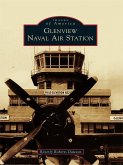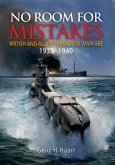The untold story of ferocious air and naval combat during the WWII Battle of Okinawa-drawn from primary sources and survivor interviews. This is the story of an overlooked yet significant aerial and naval battle during the American assault on Okinawa in the spring of 1945. While losses to America's main fleet are well recorded, less well known is the terrific battle waged on the radar picket line, the fleet's outer defense against Japanese marauders. Weaving together the experiences of the ships and their crews-drawn from ship and aircraft action reports, ship logs, and personal interviews-historian Robin L. Reilly recounts one of the most ferocious air and naval battles in history. The US fleet-and its accompanying airpower-was so massive that the Japanese could only rely on suicide attacks to inflict critical damage. Of the 206 ships that served on radar picket duty, twenty-nine percent were sunk or damaged by Japanese air attacks, making theirs the most hazardous naval surface duty in World War II. The great losses were largely due to relentless kamikaze attacks, but also resulted from the improper use of support gunboats, failure to establish land-based radar at the earliest possible time, the assignment of ships ill-equipped for picket duty, and, as time went on, crew fatigue. US air cover during the battle is also described in full, as squadrons dashed from their carriers and land bases to intercept the Japanese swarms, resulting in constant melees over the fleet.
Dieser Download kann aus rechtlichen Gründen nur mit Rechnungsadresse in A, B, BG, CY, CZ, D, DK, EW, E, FIN, F, GR, HR, H, IRL, I, LT, L, LR, M, NL, PL, P, R, S, SLO, SK ausgeliefert werden.









